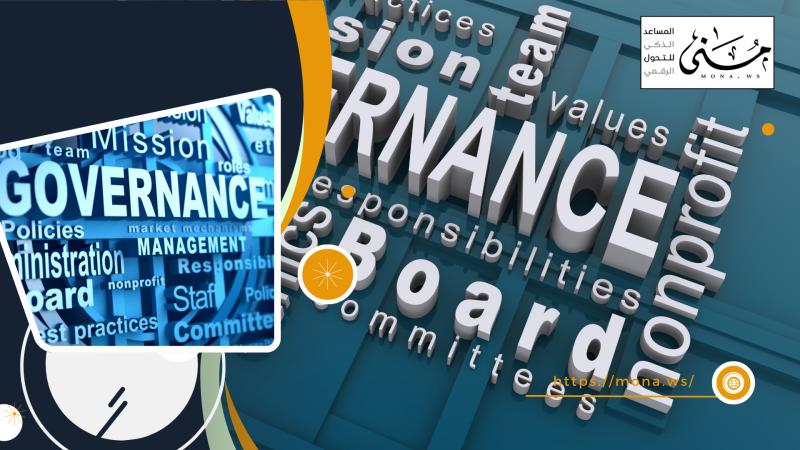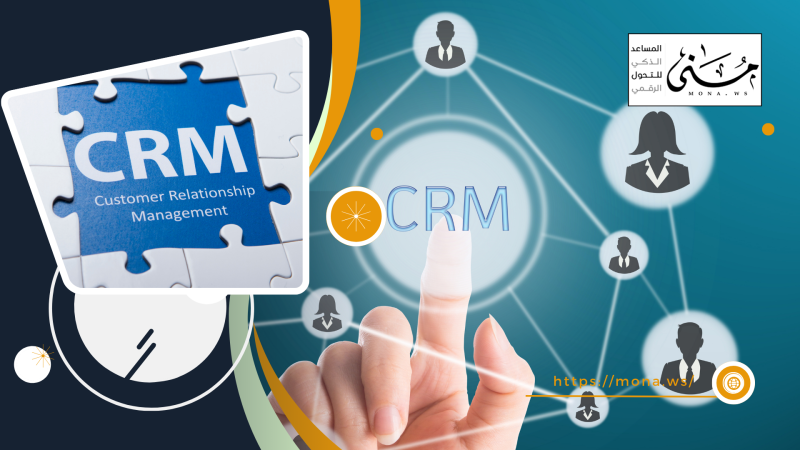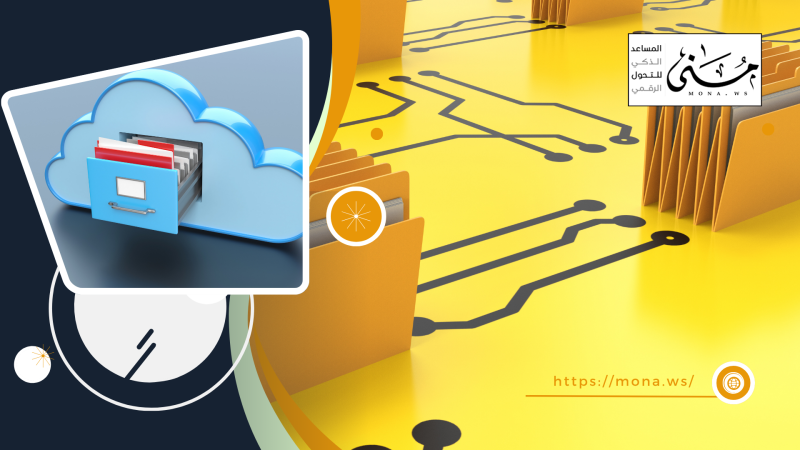Can your organization achieve a true digital transformation without effective electronic archiving?
In an era where an institution’s efficiency is measured by the speed of information retrieval, electronic archiving becomes more than just a technical step — it is the foundational pillar of any successful digitization initiative. Many organizations are quick to upgrade their systems, automate workflows, or even invest in artificial intelligence, yet overlook the most critical element: the content managed daily — documents, correspondence, contracts, and records.
Without a robust digital management system for these knowledge assets, all digital transformation efforts remain incomplete and vulnerable to failure. So how does electronic archiving make a real difference? And what is the gap between simply storing files and comprehensively managing documents with classification, integration, and intelligent search?
Why is Electronic Archiving a Strategic Priority?
With today’s rapidly evolving business environment, organizations can no longer afford to rely on paper documents or unstructured file storage. Electronic archiving is no longer a “nice-to-have” — it’s a strategic necessity driven by the need for flexibility, speed, and compliance. Here’s why:
1. Boosting Operational Efficiency
When employees spend minutes — or even hours — searching for a specific document among paper files or disorganized digital folders, the organization loses valuable time that adds up over weeks and months.
Electronic archiving enables:
-
Instant access to documents via intelligent search
-
Automatic content classification to avoid clutter
-
Reduced reliance on individuals who know the manual file structure
The result? Teams operate faster and more efficiently, improving service quality and decision-making.
2. Reducing Operational Costs
Traditional archiving quietly consumes large budgets. These costs often include:
-
Renting or preparing rooms and shelves for physical storage
-
Printing, copying, and ink supplies
-
Time wasted reorganizing or recovering lost/damaged files
With digital archiving, these expenses are gradually minimized, allowing organizations to invest in higher-impact priorities.
3. Enhancing Document Security
Sensitive information requires high-level protection — something difficult to ensure with physical files.
Electronic archiving offers:
-
Full control over access permissions by role
-
Audit trails for every modification or access event
-
Content encryption and secure backup/recovery systems
Thus, documents shift from being risk factors to secure, manageable assets.
4. Ensuring Regulatory Compliance
Modern legislation in many countries and sectors imposes strict standards for document retention and transaction logs.
Electronic archiving helps organizations to:
-
Track the document lifecycle from creation to archiving or deletion
-
Define retention periods according to regulations
-
Provide reliable evidence during audits or legal disputes
This ensures the organization is not only well-organized but also legally protected.
📌 Summary: Electronic Archiving Is More Than Just Digitizing Paper
Electronic archiving goes beyond simply replacing paper with digital copies. It represents a paradigm shift in how knowledge and information are managed within an organization. It lays the foundation for every future digital initiative — from automation and AI to global expansion.
The Difference Between “File Storage” and “Document Management”: What Organizations Often Miss
Many organizations believe they are "archiving electronically" just because they store their files in folders on computers or the cloud. But in reality, they are only practicing basic digital storage, which doesn’t qualify as true Enterprise Content Management (ECM).
The difference isn’t just about technical terms — it’s the difference between chaos and order, between inefficiency and productivity.
First: Traditional Storage – Saving Without Management
In traditional storage systems, documents are treated as static files saved in PDF or image formats, often without metadata that allows classification or smart search. These files are typically placed in fixed folders based on a manual structure that only the creator understands, making it difficult to retrieve information without prior knowledge of the folder logic.
These documents remain disconnected from daily workflows, lacking integration with institutional processes, and lose much of their value. Worse still, such systems offer no effective monitoring tools — there’s no way to trace edits or determine who changed or deleted a file, increasing the risk of data loss or manipulation without management's awareness.
This method might suit startups in their early stages but does not support long-term governance or growth goals.
Second: Document Management – A Comprehensive, Smart System
Modern document management through ECM platforms like DocSuite takes an organization to a professional level of control and processing, where documents become dynamic elements of the workflow. These systems offer:
| Element | Traditional Storage | Modern Document Management |
|---|---|---|
| Methodology | File-saving in folders | Comprehensive document lifecycle management |
| Access | Manual, by file names | Smart search by content, tags, and keywords |
| Edits | No change tracking | Complete history of who, when, and why edits occurred |
| Interdepartmental Collaboration | Limited and complicated | Dynamic sharing and seamless interdepartmental linking |
| Compliance & Auditing | No evidence of actions | Precise, transparent audit logs |
| System Integration | Often not possible | Integrated with ERP, CRM, emails, and more |
Practical Impact
The gap between traditional storage and document management becomes apparent in employees' daily experience. In a traditional system, reviewing an older version of a contract might require scanning dozens of randomly named files, wasting time and increasing error risk.
In contrast, with document management systems, a user can simply enter the contract name or transaction number and instantly access all stored versions, edit logs, approvals, comments — all from a single, organized interface. This doesn’t just boost productivity but builds confidence and transparency in enterprise content management.
The Role of ECM Systems in Enabling Smart Archiving
Can your organization truly transform digitally without a solid foundation?
In today’s rush toward digitization, many organizations believe that implementing an ERP system or using smart communication tools qualifies them as “digital.” But the real question is: Where is your information stored? And how are your documents managed?
The truth is: Electronic archiving is not just an administrative task — it’s the first and most crucial step in any successful digital journey. Without intelligent, secure, and efficient document management, digitization remains incomplete and unable to achieve its goals of efficiency, governance, and speed.
How DocSuite ECM Unlocks the Power of Smart Electronic Archiving
-
Automatic classification by content, source, or document type
DocSuite offers automated classification based on content analysis and metadata, ensuring consistency and accuracy without manual effort. -
Enterprise-wide intelligent search
Unlike traditional systems, DocSuite searches inside documents, notes, and comments using keywords, dates, or related entities — enabling faster, more informed decisions. -
Dynamic linking between departments and related files
Contracts can be linked to sales correspondence, purchase orders, and financial reports — offering a comprehensive view of organizational data. -
Advanced permission control based on roles and security levels
Only authorized users can view, edit, or delete documents. Every action is logged in an audit trail to strengthen security and ensure governance. -
Unified archiving across all institutional content
DocSuite centralizes all types of documents — from contracts and emails to internal forms — in one platform, simplifying access and reducing duplication. -
OCR-powered digitization
Paper documents become searchable, classifiable digital assets through integration with OCR scanners, accelerating digitization efforts and reducing reliance on physical archives.
🎯 The Focus Isn’t on Reducing Paper — It’s About Reimagining How You Handle Information
Once documents become searchable, analyzable, and intelligently shareable, they shift from administrative burdens to powerful knowledge assets that serve every layer of your organization.
Start with the document — and build your digital transformation from there.
✅ Article Summary: Can an Organization Truly Go Digital Without Electronic Archiving?
The answer is simple: No.
This article has shown that electronic archiving is not just a means of file storage — it is the foundation upon which all digital progress is built. Organizations that don’t adopt smart archiving systems waste time and resources, and weaken their competitive edge. In contrast, those that implement ECM solutions like DocSuite achieve:
-
Higher operational efficiency via smart search and auto-classification
-
Stronger control over documents through permission management and audit logs
-
True institutional integration by connecting departments and content
-
Better compliance and regulation through document lifecycle tracking
The difference between storing files and managing documents is the difference between chaos and control, between manual work and intelligent workflows.
So if your organization is truly aiming for digital transformation — start where knowledge begins: with the document, and with smart, integrated archiving.










Comments
Add New Comment